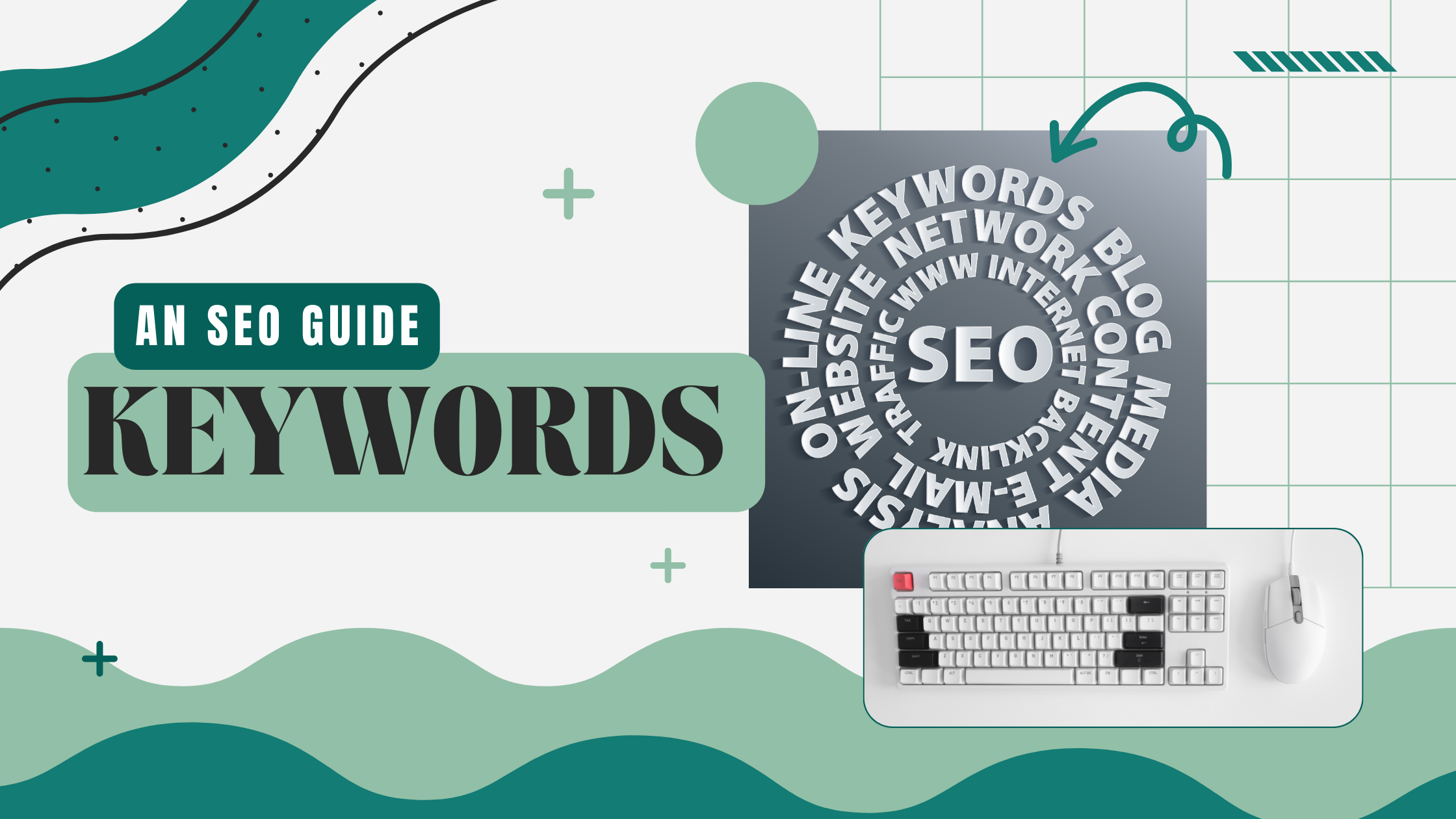Site hierarchy is critical for guiding users through your website intuitively. For B2B manufacturers, this means organizing your website in a way that mirrors your business’s complexity and depth. Implementing a logical hierarchy facilitates easy navigation, helping potential clients find information about your products, services, and technical support with ease.
The Foundation of Site Hierarchy
Site hierarchy is essentially the blueprint of your website, guiding users from the home page through various levels to find the information they need efficiently. This structure is built using parent and child pages and creating a logical flow that mirrors your business offerings and expertise.
The Role of Parent and Child Pages
Imagine your website as an industrial catalog. Your “Services” page is a parent page, under which you have child pages like “Custom Fabrication” and “Precision Engineering,” each with further specialized services listed as grandchild pages. Such a structure not only makes navigation intuitive for users but also enhances your site’s SEO by clearly defining the relationship between different content areas.
- Parent Pages: These are broad categories representing your main offerings, such as “Products,” “Solutions,” or “Industries Served.” They are the cornerstone of your site’s hierarchy, under which more specific topics are categorized.
- Child Pages: These pages offer more detail about a particular aspect of a parent category. For example, under a “Products” parent page, you might have child pages for different product lines.
Implementation Tips
- Map Out Your Site Structure: Before creating pages, outline your site’s structure to ensure it aligns with your business strategy and user needs.
- Logical Naming Conventions: Ensure page names and URLs are descriptive and intuitive, making it easier for users and search engines to understand the content.
- Prioritize User Experience: Ensure the hierarchy makes intuitive sense to your audience, mirroring how they think about your products or services.
- Use Breadcrumb Navigation: This helps users understand their location within your site’s structure and navigate back to parent pages easily.
- Consistent Navigation Menus: Keep your navigation menus consistent across the site, reflecting the parent-child structure to avoid confusion.
- Monitor and Adapt: Use analytics to monitor how visitors interact with your site’s structure and be ready to adjust based on their behavior and feedback.
The SEO Edge of a Structured Site
A thoughtfully designed site hierarchy boosts your chances of ranking higher in search engine results. It clarifies your site’s focus to search engines, aids in preventing internal competition among your pages, and can even result in sitelinks—those quick links that appear under some Google search results, leading users directly to major sections of your site.
A well-thought-out site structure and SEO-friendly URLs can significantly impact your search engine rankings and enhance user engagement. By making your site easy to navigate, you’re more likely to keep visitors engaged, reducing bounce rates, and improving the chances of conversion.
Importance of SEO-Friendly URLs
SEO-friendly URLs are crucial for enhancing your site’s visibility and user experience. They should be concise, include relevant keywords, and use hyphens to separate words. This not only aids in SEO but also makes your URLs easier to read and share.
Crafting SEO-Friendly URLs
Your website’s URLs are the addresses that lead directly to your pages. Making these URLs SEO-friendly—short, descriptive, and including keywords—further aligns your site with best practices, making it easier for search engines to crawl and index your content effectively.
How to Implement SEO Friendly URLs
- Keyword Research: Identify keywords that are relevant to each page’s content.
- Simplicity: Keep URLs short and focused on the main keyword.
- Consistency: Use a standard URL structure across your site to help users and search engines navigate your content.
- User Testing: Conduct user testing to gather feedback on your site’s navigability and adjust the structure as needed.
- Regular Reviews: Periodically review your site structure and URLs to ensure they remain relevant and reflect any changes in your business or industry trends.
By focusing on these areas, B2B manufacturers can create a website that not only ranks well in search engines but also provides a seamless experience for their visitors. Remember, your website is often the first point of contact for potential clients, so making a strong, positive impression through a well-organized site is key to attracting and retaining business.
Ready to Optimize Your Site Structure?
For B2B manufacturers, a well-structured website and SEO-friendly URLs enhance both search rankings and the user experience, guiding potential clients directly to your solutions and boosting engagement and conversions. A meticulously planned digital presence is crucial.
If you’re looking to refine your website’s structure for improved performance and user satisfaction, let’s connect to elevate your digital strategy.
Related Articles
Search Engine Optimization (SEO)
One often overlooked but powerful digital marketing strategy is the effective use of internal and external linking within their SEO strategy.
Search Engine Optimization (SEO)
Optimizing headers goes beyond simply using them; it's about making them work effectively for your content and SEO strategy. But first and foremost, what are headers?
Search Engine Optimization (SEO)
One of the key components to achieving an online presence is through keywords. In this blog post, we'll explore keyword insights tailored specifically for the B2B manufacturing sector.



